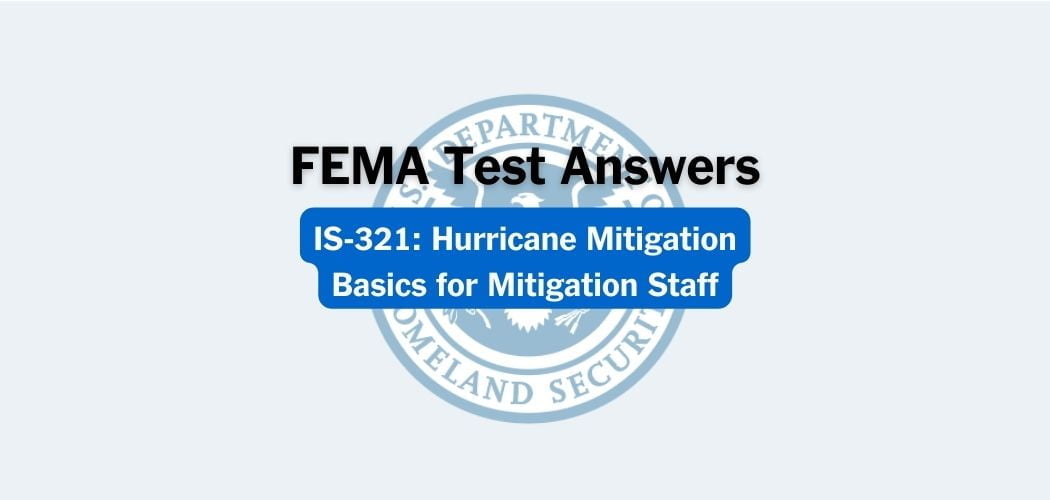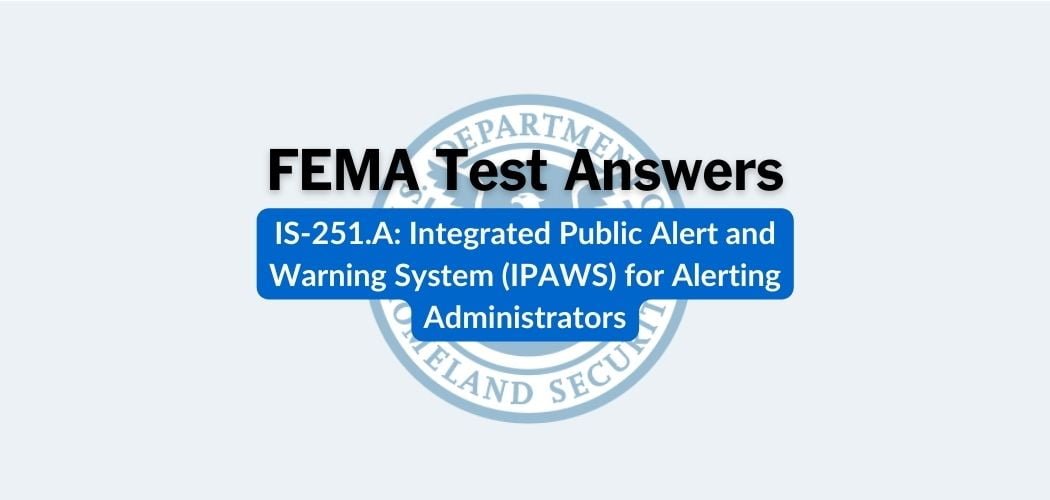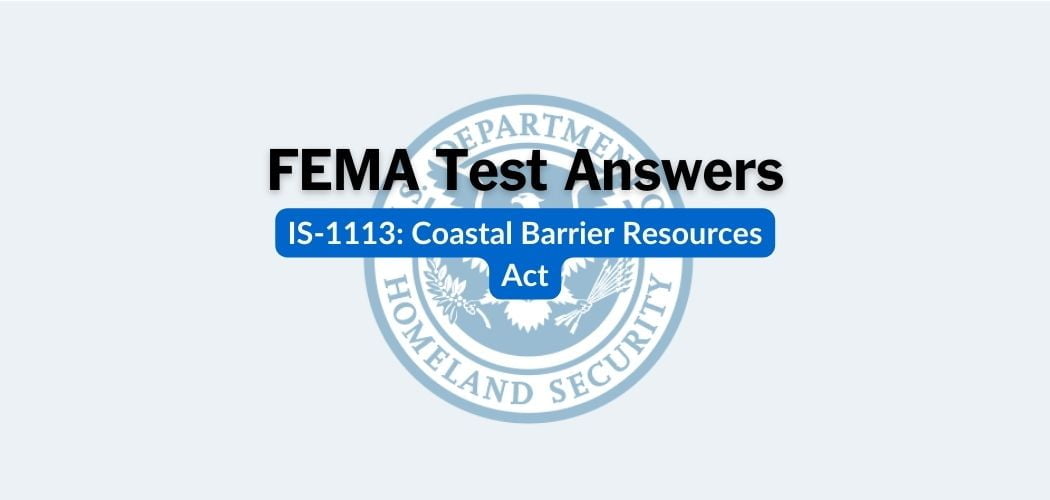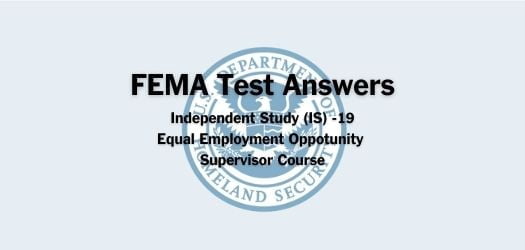Overview: The FEMA IS-1300 course was published on 11/1/2019 to lay the foundation of knowledge for students who wish to increase their understanding of continuity and build a comprehensive continuity program in their organization or jurisdiction. The learner must achieve a minimum passing score of 75% on final knowledge assessments or demonstrate mastery on performance assessments or research assignments to earn the IACET CEU.
Objectives: The IS-1300 course defines continuity and its key elements; describes the importance of continuity planning for organizations and communities; recognizes elements required for a continuity program in your organization; explains the Whole Community approach to continuity planning.
FEMA IS-1300 test answers
Each time this test is loaded, you will receive a unique set of questions and answers. The test questions are scrambled to protect the integrity of the exam.
Question 1. What is continuity?
A. A training and exercise methodology.
B. A government plan.
C. The result of efforts to plan for ways to continue essential functions and provide essential services when normal operations are disrupted.✅
D. The way in which an organization returns to its primary operating facility after it has been displaced due to an incident.
Question 2. If an organization does NOT plan for continuity…
A. People will quit working there.
B. It may not be able to survive during or after an emergency.✅
C. It can rely on its neighboring organizations for support.
D. They will not receive federal funding.
Question 3. A key benefit of continuity planning is:
A. Provides the required documentation to receive federal grant funding.
B. Creates a corrective action plan for fixing plan weaknesses.
C. Creates a resilient organization (or community) that can recover from an emergency.✅
D. Allows an organization to develop a multiyear strategic plan.
Question 4. Which action is NOT a valid reason for continuity planning?
A. Verify staff is able to perform duties without supervision.✅
B. Achieve a timely and orderly recovery.
C. Resume full service to customers.
D. Limit organizational losses.
Question 5. Why is continuity important?
A. Continuity supports an organization’s ability to continue to provide essential services under all circumstances.
B. Continuity increases the financial value of an organization.
C. Continuity increases leadership buy in for important programs.✅
D. Continuity is only important if the organization’s facility is destroyed.
Question 6. ______ is a four-step process that involves: Plans and Procedures; Tests, Training, and Exercises; Evaluations; After-Action Reports and Lessons Learned; Development of Corrective Action Plans.
A. Business Process Analysis
B. National Response Framework
C. Continuity Program Management Cycle✅
D. Homeland Security Grant Program
Question 7. Continuity planning prepares agencies and personnel for:
A. Optional operations in the event of a catastrophic incident
B. A Presidential declaration of a major disaster and subsequent Federal assistance
C. Functioning without their appointed department or agency leaders✅
D. Any event which impacts the ability to perform essential functions and provide essential services.
Question 8. Essential functions are…
A. Mandated by a government agency.
B. The functions of organization leadership.
C. Non-critical activities that staff perform during off-hours.
D. An organization’s critical activities that cannot be deferred or delayed.✅
Question 9. The success of a continuity program is dependent on the availability of and access to which resilient and redundant key element?
A. Reconstitution
B. Test, Training & Exercise
C. Communications and Information Systems✅
D. Devolution
Question 10. Which of these events is an example of a continuity event that may require activating your continuity plan?
A. A change of leadership.
B. A fire alarm during off-business hours.
C. A water line break on the 3rd floor has flooded the building.✅
D. Highway construction.



